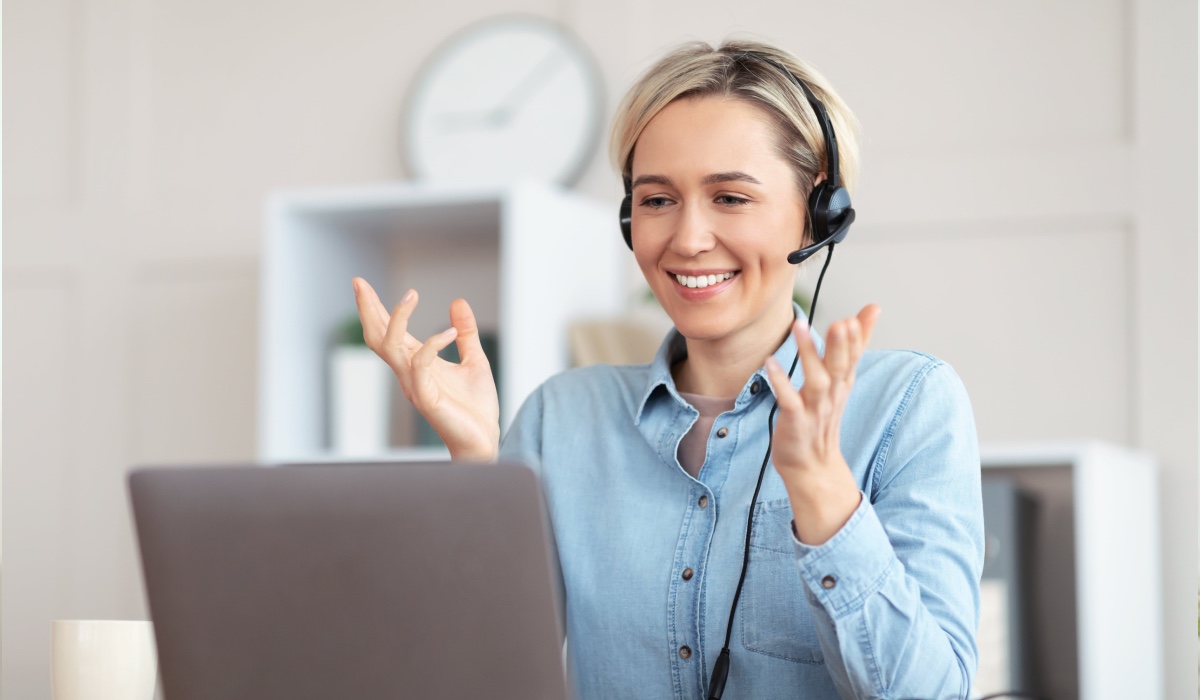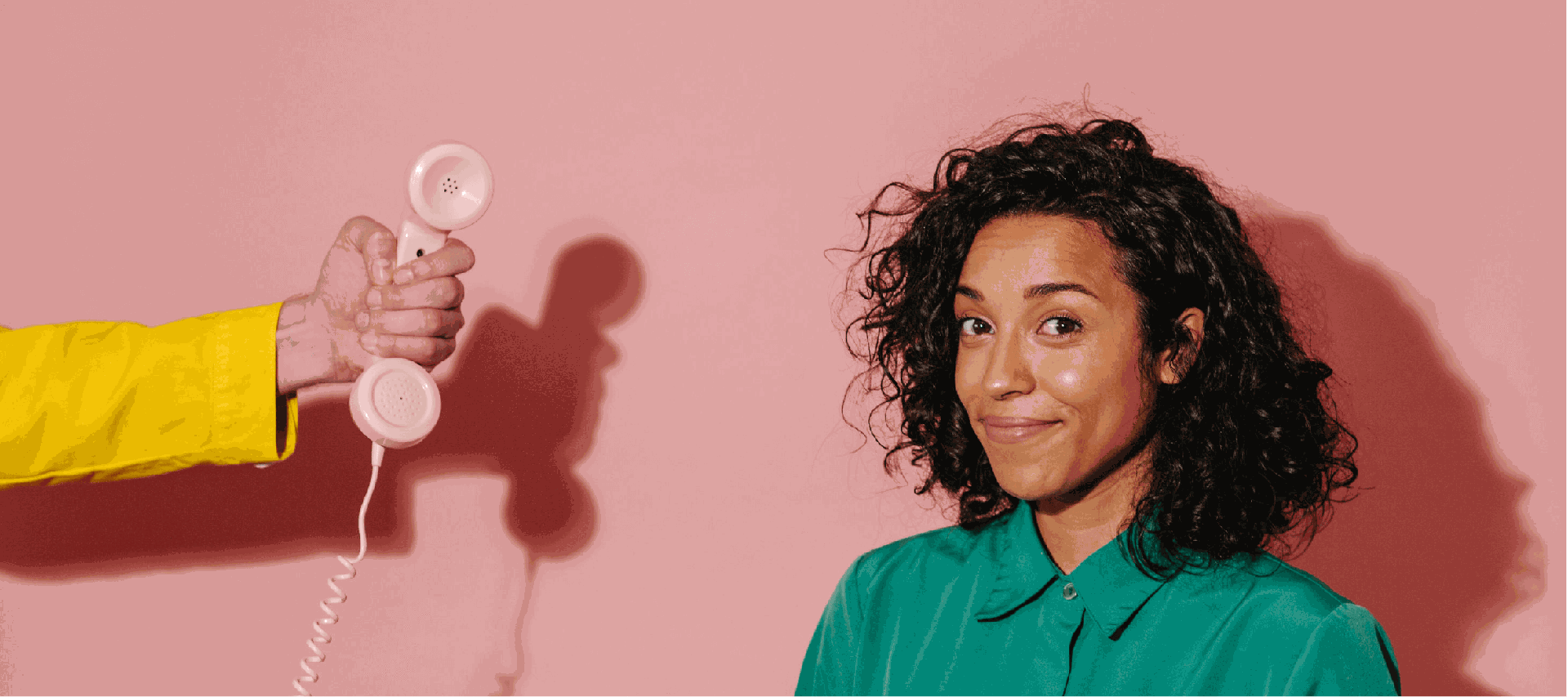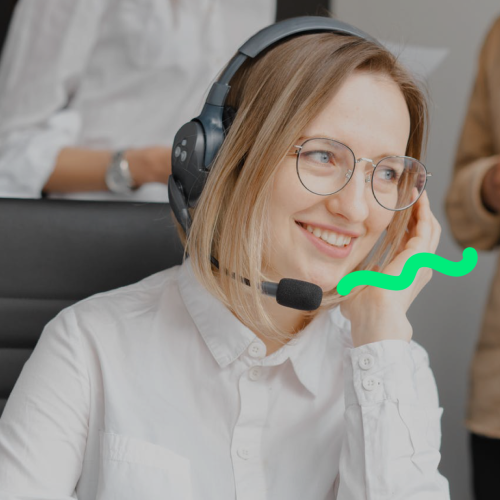All Categories
Featured
Table of Contents
- – What Is The Best What Is An Answering Service? ...
- – What Is The Best Virtual Receptionist & Phone ...
- – What Are The Best How Do Answering Services Wo...
- – What Was The Most Popular Professional Call A...
- – How To Buy The Best Telephone Answering Servi...
- – What Is The Best Telephone Answering Service...
What Is The Best What Is An Answering Service? For The Price
This gadget and its successors were designed by Sava Jacobson, an electrical engineer with a private consulting organization. While early voice mail used magnetic tape innovation, many modern equipment uses solid state memory storage; some gadgets utilize a combination of both, with a solid-state circuit for the outbound message and a cassette for the incoming messages.
"toll saving" listed below) (local phone answering service). This is useful if the owner is screening calls and does not wish to speak with all callers. In any case after going, the calling party must be informed about the call having been answered (most of the times this starts the charging), either by some remark of the operator, or by some welcoming message of the little, or addressed to non-human callers (e.
This holds especially for the Littles with digitally kept welcoming messages or for earlier makers (before the increase of microcassettes) with an unique unlimited loop tape, different from a 2nd cassette, devoted to recording. There have actually been answer-only devices without any recording abilities, where the greeting message needed to notify callers of a state of existing unattainability, or e (professional phone answering service).
What Is The Best Virtual Receptionist & Phone Answering Services Australia For Me

about accessibility hours. In tape-recording Littles the greeting normally contains an invitation to leave a message "after the beep". An answering device that uses a microcassette to record messages On a dual-cassette answerphone, there is an outgoing cassette, which after the specified variety of rings plays a pre-recorded message to the caller.

Single-cassette voice mail contain the outbound message at the start of the tape and inbound messages on the remaining area. They initially play the announcement, then fast-forward to the next offered area for recording, then tape the caller's message. If there are numerous previous messages, fast-forwarding through them can trigger a considerable delay.
This beep is frequently referred to in the welcoming message, requesting that the caller leave a message "after the beep". Little bits with digital storage for the recorded messages do not reveal this delay, obviously. A TAD might use a push-button control facility, where the answerphone owner can sound the home number and, by entering a code on the remote telephone's keypad, can listen to taped messages, or erase them, even when away from home.
What Are The Best How Do Answering Services Work? Brands To Buy

Thus the machine increases the variety of rings after which it addresses the call (typically by 2, resulting in 4 rings), if no unread messages are presently saved, but answers after the set variety of rings (generally 2) if there are unread messages. This enables the owner to discover whether there are messages waiting; if there are none, the owner can hang up the phone on the, e.
Some makers also allow themselves to be remotely activated, if they have been switched off, by calling and letting the phone ring a particular big number of times (generally 10-15). Some company abandon calls currently after a smaller variety of rings, making remote activation difficult. In the early days of TADs an unique transmitter for DTMF tones (dual-tone multi-frequency signalling) was regionally required for remote control, since the formerly utilized pulse dialling is not apt to convey suitable signalling along an active connection, and the dual-tone multi-frequency signalling was executed step-by-step.
Any incoming call is not recognizable with respect to these homes in advance of going "off hook" by the terminal devices. So after going off hook the calls must be changed to appropriate devices and only the voice-type is right away accessible to a human, however possibly, nonetheless should be routed to a TAD (e.
What Was The Most Popular Professional Call Answering Services: Everything You ...?
What if I told you that you do not need to in fact choose up your gadget when addressing a customer call? Somebody else will. So convenient, best? Addressing phone calls does not require someone to be on the other end of the line. Efficient automated phone systems can do the technique simply as effectively as a live agent and often even better.
An automated answering service or interactive voice action system is a phone system that communicates with callers without a live person on the line - professional phone answering service. When business use this innovation, clients can get the response to a concern about your service just by using interactions established on a pre-programmed call circulation.
Although live operators upgrade the customer support experience, many calls do not need human interaction. An easy documented message or instructions on how a customer can retrieve a piece of info normally fixes a caller's immediate need - answer phone service. Automated answering services are an easy and effective method to direct incoming calls to the ideal person.
How To Buy The Best Telephone Answering Service - Dexcomm - U.s. Based
Notification that when you call a company, either for assistance or item questions, the very first thing you will hear is a pre-recorded voice welcoming and a series of alternatives like press 1 for customer care, press 2 for inquiries, and so on. The pre-recorded options branch out to other options depending on the customer's choice.
The phone tree system helps direct callers to the best person or department utilizing the keypad on a cellphone. In some circumstances, callers can use their voices. It's worth noting that auto-attendant choices aren't restricted to the ten numbers on a phone's keypad. Once the caller has actually chosen their very first choice, you can create a multi-level auto-attendant that utilizes sub-menus to direct the caller to the ideal sort of assistance.
The caller does not have to interact with a person if the auto-attendant phone system can handle their issue. The automated service can route callers to an employee if they reach a "dead end" and need assistance from a live representative. It is expensive to work with an operator or executive assistant.
What Is The Best Telephone Answering Service - Dexcomm - U.s. Based Company
Automated answering services, on the other hand, are substantially less pricey and provide considerable expense savings at an average of $200-$420/month. Even if you do not have dedicated staff to deal with call routing and management, an automatic answering service improves efficiency by allowing your team to concentrate on their strengths so they can more effectively invest their time on the phone.
A sales lead routed to customer support is a lost shot. If a client who has item concerns reaches the incorrect department or receives insufficient answers from well-meaning workers who are less trained to handle a particular kind of concern, it can be a reason for aggravation and discontentment. An automated answering system can decrease the variety of misrouted calls, thereby assisting your staff members make much better use of their phone time while maximizing time in their calendar for other jobs.
With Automated Answering Systems, you can develop a tailored experience for both your personnel and your callers. Make a recording of your primary welcoming, and simply update it regularly to show what is going on in your company. You can create as many departments or menu options as you desire.
Table of Contents
- – What Is The Best What Is An Answering Service? ...
- – What Is The Best Virtual Receptionist & Phone ...
- – What Are The Best How Do Answering Services Wo...
- – What Was The Most Popular Professional Call A...
- – How To Buy The Best Telephone Answering Servi...
- – What Is The Best Telephone Answering Service...
Latest Posts
Cost-Effective Auto-attendant Answering Service Near Me ( Australia 2640)
What Are The Highest Rated Flexible Virtual Office
When Are Best Remote Virtual Receptionist Sales
More
Latest Posts
Cost-Effective Auto-attendant Answering Service Near Me ( Australia 2640)
What Are The Highest Rated Flexible Virtual Office
When Are Best Remote Virtual Receptionist Sales